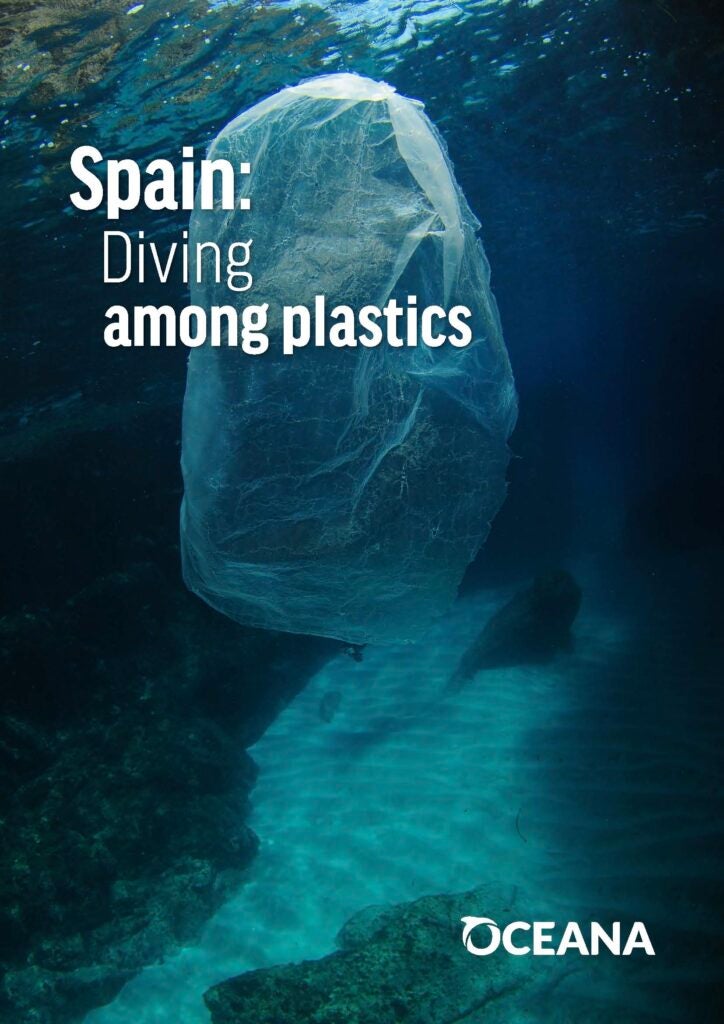Report | November 25, 2020
Spain: Diving among plastics
Spanish waters contain a wide variety of geomorphological features including canyons, escarpments, pockmarks, seamounts and reefs, among other things. As well as providing oases for marine life, this wide variety of geohabitats also act as plastic traps or sinks.
Deep waters are particularly vulnerable to the impact of marine debris, as the absence of sunlight and erosive agents, in addition to low temperatures, considerably slows down their degradation. In shallow waters, plastics alter the environment and cause irreparable damage for decades or even centuries before becoming micro-plastics, but in deep-sea ecosystems the situation is more serious: the damage lasts considerably longer, as the plastics take much more time to degrade.
This data is even more alarming given Spain’s inescapable link with its surrounding waters. In fact, the country has twice as much sea area (1,008,400 km2) as it has land,5,6 and, according to a European Commission report, activities such as fishing, shipbuilding, and coastal tourism place it among the leading blue economies in the European Union. In other words, it is impossible to understand Spain and its economic and social activity without considering its direct relationship with the sea and its resources.


